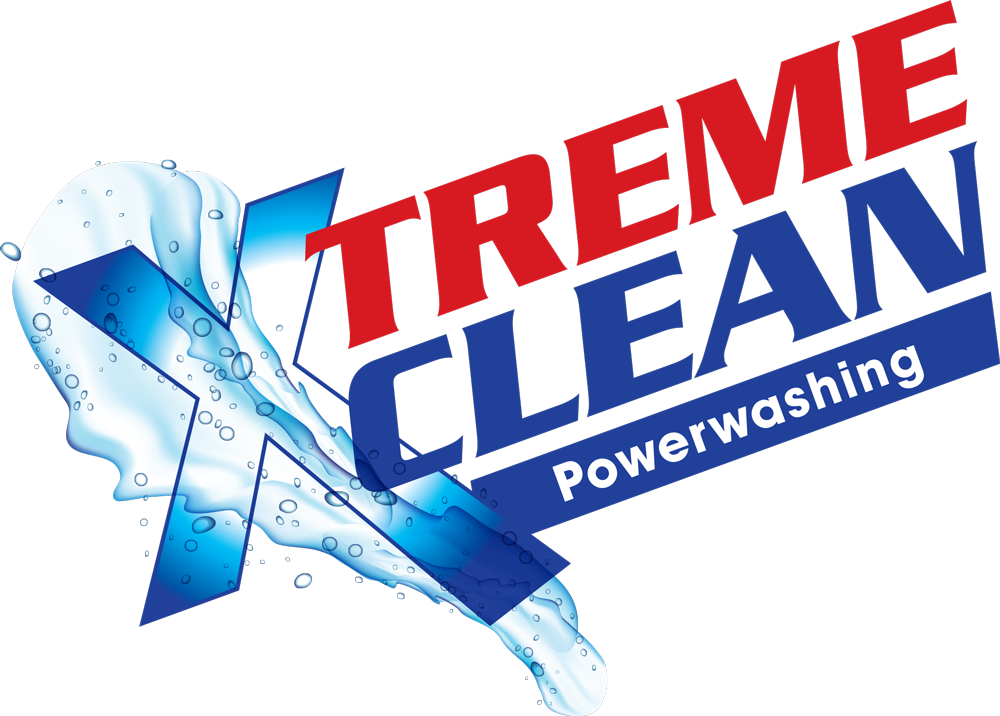

As a business owner, you have enough on your plates with the regular financial and administrative responsibilities that come with running a company. The last thing you need to worry about is making sure that the exterior of your business, roof, and surrounding areas meet the requirements of local codes and county ordinances. Xtreme Clean Power Wash offers code enforcement contract cleanings to take that hassle off your hands.
Different counties have different sets of regulations and ordinances that dictate the cleaning standards for each type of property. The reasoning for these codes is often rooted in maintaining the structural integrity of buildings and maintaining sanitation standards. Properties with high foot traffic usually have the strictest standards to abide by.
There are several reasons why your property should maintain a contract with a pressure cleaning services provider. For starters, it eliminates the need to discuss plans or needs year to year as they will be familiar with what your property requires. Having a team under contract also helps take the stress of having to find a cleaning company from year to year.
Not only can you expect exceptional service from Xtreme Clean Power Wash, but with us, you can also look forward to regular cleanings that abide by all the required regulations. If you’re ready to learn more and discuss your specific situation, give us a call today for a quote!